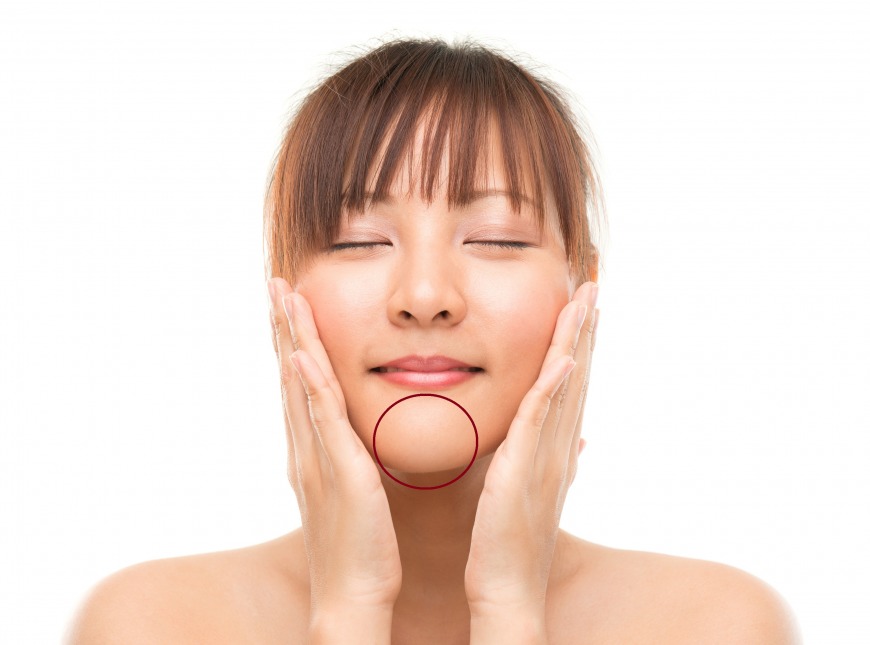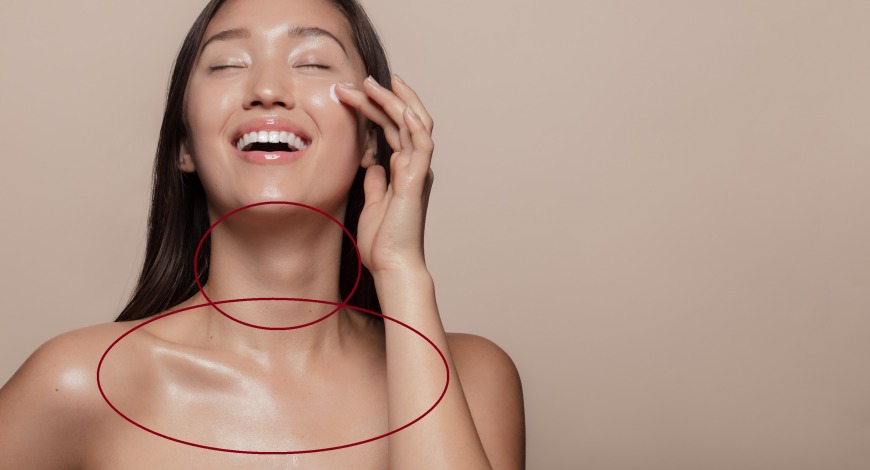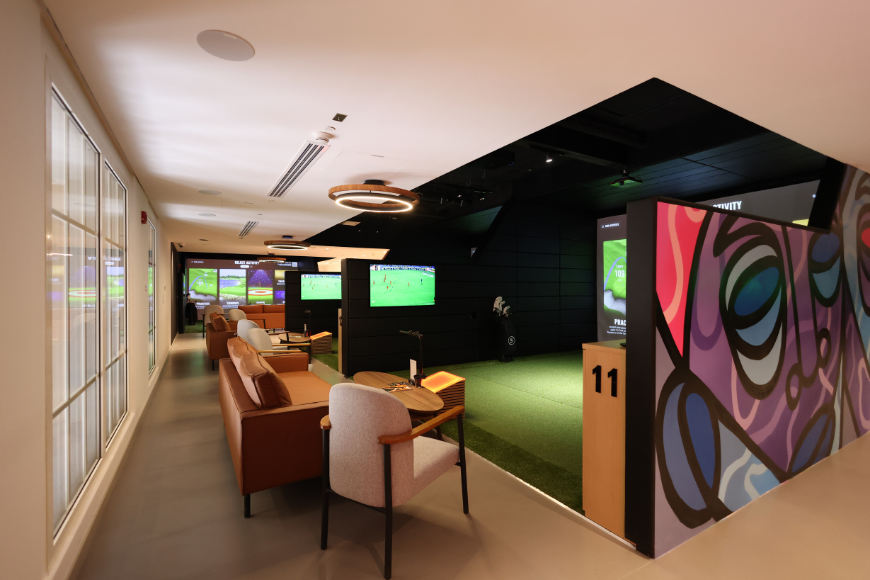A dermatologist explains how to do some DIY skin mapping at home

All credits: PA
As anyone with a bathroom cupboard stocked with hyaluronic acid and vitamin C serum knows, skincare is a science.
You can’t just slap on the latest cult product and hope for the best because everybody’s skin is different, and so we might require different treatments to keep it healthy. But how do you know what your skin’s needs are?
This is where skin mapping comes in, which Dr Ross Perry, medical director of CosmedicsUK, says means making “a detailed and precise record of the skin”.
SEE ALSO: This is why you shouldn't wash your face in the shower
A lot of companies offer high-tech skin analysis, but it’s also totally possible to have a look at the different areas of your face, in order to identify possible issues and find solutions. Taking pictures of your skin, says Perry, “can then be used to highlight the priorities and then serve as a benchmark for comparison of the results after treatment”.
Want to get to know your skin a bit better? Then why not dabble in a bit of skin mapping yourself – and to help with this, Perry has identified 14 separate areas, or zones, and what to look out for.
A little patience is probably required to work through all 14 zones, but it’ll help you get to know your own skin better. Remember though, if you have any skin health concerns, or notice any signs of worrying skin changes, it’s always best to consult a doctor or dermatologist for a professional assessment.
Here, Perry talks us through his DIY skin-mapping guide…
Zones one and three
These are the left and right sides of your forehead, which Perry says “relate to the bladder and digestive system”. Here, you might find congestion or breakouts under the surface of the skin, particularly along the hairline and eyebrows.
“This is a key area to look out for in terms of dehydration, leading to premature lines,” says Perry. If you do see some lines, he suggests “upping your water levels, thoroughly cleansing morning and night and eating more whole foods”.

Zone two
Zone two is the middle of the forehead, between your eyebrows. According to Perry, this area is “related to your liver. The overall appearance can get congested, have redness, flakiness and lines. You might also find this area more oily.”
If this applies to you, Perry recommends “cutting back on rich foods, alcohol and late-night eating”.

Zones four and 10
Calling something “zone four” or “zone 10” might sound complicated, but it’s really not: These are just your left and right ears, and they’re linked to your kidneys. “Your ears may be hot to the touch, sensitive and possible congested,” says Perry. “It’s best to cut back on your caffeine intake and drink plenty of water.”

Zones five and nine
These are your right and left cheeks, and what you want to look out for are “broken capillaries, breakouts, hyperpigmentation and premature lines”, says Perry. “Ditch the nicotine if you’re a smoker, make sure you properly cleanse thoroughly morning and night and tackle any gum or tooth problems you may be experiencing.”

Zones six and eight
Zones six and eight are some of the most delicate parts of your face – around your eyes. This is where the skin is at its thinnest, so it’s worth being extra careful with how you treat it. They’re also linked to your kidneys, so Perry says if you see dark circles, it’s “an indication of poor hydration and elimination”.
You might also see “milia [white bumps], general puffiness and sensitive skin” – so for this he suggests you “up the water intake, cleanse thoroughly and eat a well balanced healthy diet”. As you can see, a lot of the issues can be addressed with common sense and a healthy, balanced lifestyle.

Zone seven
This is your nose and upper lip. If you have a red nose, Perry says this could “be an indication of high blood pressure or early rosacea”. Other issues include broken capillaries – which Perry attributes to “excess oil production” – and pigmentation on the top lip, which could be “from smoking or the oral contraceptive pill”.

Zones 11 and 13
You’ll find these zones on the left and right side of the chin. “You might have breakouts along the jawline, which can be related to the ovaries in women”, Perry explains, noting that “breakouts prior to menstruation” are common.
“Thorough cleansing of this area is needed to unclog pores – and avoid touching the area if possible,” he adds. Even something simple, like making sure you don’t rest your face on your open palm, could help clear things up.

Zone 12
Zone 12 is the centre of your chin, which Perry says “can relate to a hormone imbalance”. He adds that “under the surface congestion can be” caused by “excess oil and improper cleansing. Poor diet and lack of hydration can also cause upset in this area.”

Zone 14
Lastly is zone 14. This is your neck and chest, places people often neglect in their skincare regime. You might find breakouts and pigmentation in this area, which could relate to premature ageing or stress. Perry’s advice? “Use a high SPF year round, eat a balanced diet and drink plenty of water.”





.png?itok=HBSyMDok)









































































.png)


























.png?itok=0fOAXkOm)

























.png?itok=EH_x0Pha)
